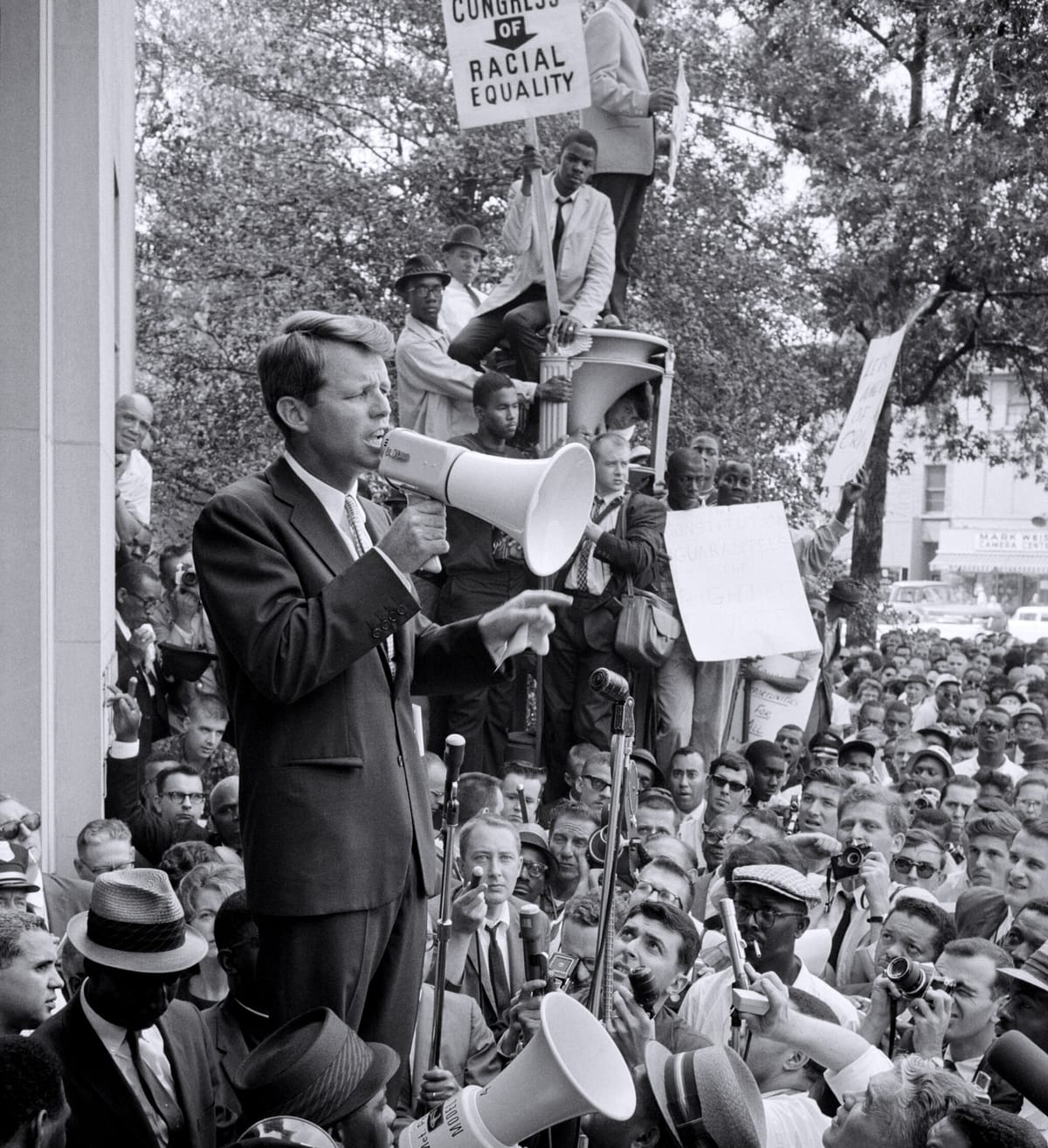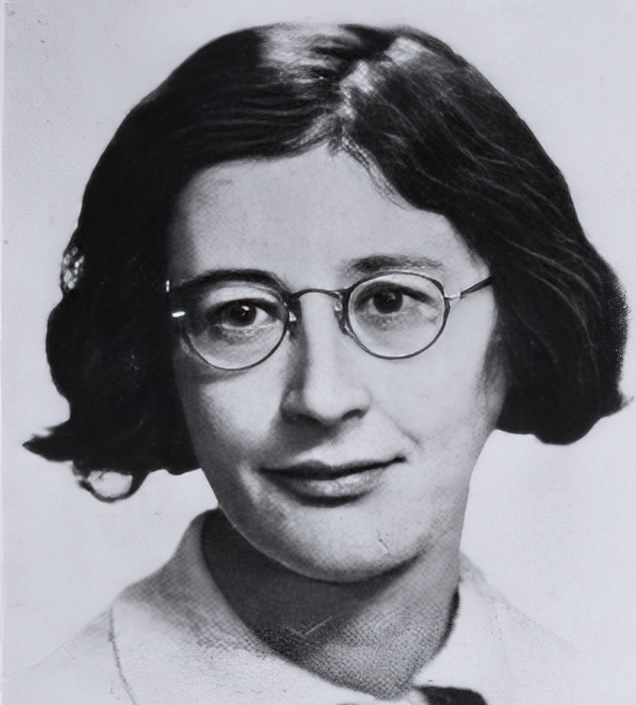5. Level - Nondual Consciousness
Nondual Consciousness is the highest level of awareness, beyond identity, belief, and separation. It is the foundation for true wisdom, clarity, and effortless action. Free from egoic distortion, it fosters peace, integrity, and enlightened leadership, shaping a world beyond conflict and division.

The nondual level of consciousness is the highest stage of awareness, transcending all individual, societal, and ideological limitations.
At this level, the fundamental illusion of separation—between self and world, subject and object, thinking and being—is fully seen through. There is no identification with concepts, beliefs, or a personal identity. Instead, there is only the direct experience of the oneness of all existence. This consciousness is beyond language, as any description creates a division that does not actually exist. It is not a state but the realization that there has never been anything other than this one, timeless presence. It also implies pure compassion toward all existence and an unconditional love that arises naturally, as there is no longer a separate self to judge, exclude, or withhold acceptance.
Keywords
- Nonduality – The dissolution of perceived separation.
- Pure Awareness – Consciousness that knows itself as unlimited and indivisible.
- No Identification – No attachment to personal stories, concepts, or roles.
- Spontaneous Naturalness – Actions arise effortlessly from the natural flow of being.
- Unbroken Existence – Everything is a manifestation of the same source.
- Transcendence of Thought – Thoughts appear but are no longer taken as absolute truth.
- Beyond Time and Space – Time is seen as a concept rather than an absolute reality.
- Peace – A deep, unshakable inner stillness.
- Serenity – A state of effortless harmony with existence.
- Self-Knowledge – Direct understanding of one's true nature beyond ego.
- Unconditional Love/Compassion – A boundless love that embraces all existence without distinction.
Historical Context
India and China are likely among the first regions on Earth where nondual beings emerged. In India particularly, the freedom to express this level of consciousness is unique.
The first well-documented nondual being is Buddha. However, nondual insights predate him, especially in the Upanishads of ancient India, which describe Brahman as the ultimate, indivisible reality. Some early sages, such as Yajnavalkya[^1], articulated nondual concepts, though their lives were not as thoroughly documented as Buddha’s. Buddha’s life is significant not only because of his enlightenment but also due to his role in challenging social hierarchies and influencing rulers with ethical principles, demonstrating how the highest levels of consciousness can shape society. He exemplifies how the highest levels of consciousness can inspire ethical leadership and social transformation, demonstrating that wisdom and compassion can reshape society.
However, since humanity was not ready to fully understand this level of consciousness, after Buddha's death, his teachings were transformed into a religion—Buddhism. This is a common occurrence, as the lower levels of consciousness cannot grasp the full Spectrum of Consciousness.
Around the same time, Lao Tse in China wrote the Tao Te Ching[^2], and in Greece, extraordinary philosophical schools marked a quantum leap in the evolution of consciousness.
Another great master of this level is Jesus Christ. However, we can see how teachings of this nature are misinterpreted by lower levels of consciousness, as is evident in the rigid structures of Catholic dogma.
Today, individuals, schools, and traditions across different cultures continue to cultivate and transmit Nondual Consciousness. Christian Mysticism and Advaita Vedanta[^3] are just two examples. However, these traditions have never played a significant role in mainstream society, largely because of humanity's lack of maturity and the political structures rooted in money, religion, and power, which recognize the threat this consciousness poses to their dominance.
Throughout history, various traditions have described this realization: in Vedic philosophy[^4] as Brahman[^5] or Turiya[^6], in Buddhism as Nirvana[^7] or Shunyata[^8], in Taoism as the effortless flow of Wu Wei[^9], and in Sufism as Fana[^10], the dissolution of the self into the Absolute. Western mysticism also expresses this unity, which in modern times has parallels in quantum philosophy[^11].
Identity and Development
At this level, personal identity as a separate self dissolves completely. The individual self is seen as a mental construct, upheld only through memory and thought. There is no longer a need to define oneself through social roles, beliefs, or narratives. Identity is no longer limited to a body or a life story but is fully absorbed in the realization that there was never a separate self to begin with.
The process of reaching this level typically follows these stages:
- First doubts about the self – The individual starts questioning who or what they truly are.
- Dissolution of concepts – The idea of a fixed “I” is seen as an illusion.
- Direct experience of unity – The division between inner and outer disappears.
- Integration into daily life – Nondual awareness remains present regardless of activities.
The Nature of This Realization
This level of consciousness is not something to be attained through effort but something that arises spontaneously, as if "given". It cannot be summoned or controlled any more than the sun can be forced to shine. The mere desire to achieve it is already a sign of spiritual ego, as the very notion of 'seeking' reinforces the illusion of a separate self.
Before such a realization can occur, one must be firmly grounded in the Integral level of consciousness. Only from a place of deep inner stability may this realization one day arise—but paradoxically, it is precisely when one no longer seeks it, when the desire for enlightenment dissolves, that it may come.
Nevertheless, living at the Integral level is more than enough. To be truly at home in this space is to recognize that the longing for transcendence is, in itself, a misunderstanding. The experience of nonduality is not about reaching somewhere else, but about fully inhabiting what already is.
That said, it remains crucial to cultivate a connection with the Nondual Field. This connection serves as an ever-present source of clarity and alignment, shielding one from ignorance, confusion, and the entanglements of the fragmented mind. But always in the awareness that it is the Nondual Consciousness that is acting, never the persona.
5. Core Dynamics and Characteristics
- No identification with thoughts or emotions – Thoughts and emotions arise, but they hold no compelling influence over awareness.
- Timelessness and presence – There is no attachment to the past or future, only the direct experience of the Now.
- Effortless action – Decisions arise spontaneously from the natural flow of existence.
- No attachment to beliefs or ideologies – Neither religions, philosophies, nor ideologies are seen as absolute truths.
- Immediate clarity – No need for interpretation, as everything is recognized directly.
6. Societal and Political Implications
Nondual Consciousness represents the highest state of clarity, wisdom, and compassion, making it the ideal foundation for decision-making and leadership. Those who embody this level of awareness do not act out of personal ambition, bias, or fear but from a state of deep understanding and alignment with the whole. As such, they are naturally suited to guiding society with integrity and impartiality.
Individuals who function at the nondual level exist beyond conventional power structures, as they have no identification with collective thinking or social roles. However, their presence can profoundly impact those around them:
- Dissolution of conflicts – Since there is no ego to defend, there is no reason for ideological or personal disputes.
- Decentralization of power – The realization that control is an illusion leads to a natural shift toward fluid, organic systems.
- Influence on culture and science – Many nondual thinkers have contributed revolutionary insights that reshape our understanding of reality, quantum physics, and consciousness.
- Loss of individual power-seeking – No need to define oneself through status, possessions, or authority.
Societies primarily operating at lower levels of consciousness struggle to understand this way of being, as it does not fit into structured systems of control, hierarchy, or ideology. However, as collective awareness evolves, a society that is not dominated by fragmentation and separation may emerge—one that functions from an organic, self-organizing balance rather than imposed rules and authorities.
Related read





Footnote
- Yajnavalkya is a key figure in the Brihadaranyaka Upanishad, where he discusses the nature of the Self (Atman) and ultimate reality (Brahman). His famous "neti-neti" ("not this, not that") approach describes Brahman as beyond all conceptualization. His dialogues, particularly with Maitreyi and King Janaka, emphasize detachment from material existence and the realization of nonduality. Sources: Brihadaranyaka Upanishad (Chapters 2.4, 3.1-9, 4.5)
- Lao Tse (Laozi) is a legendary Chinese sage traditionally credited with writing the Tao Te Ching, the foundational text of Taoism. His teachings emphasize effortless action (Wu Wei), harmony with the Tao (the natural flow of existence), and the dissolution of ego-based control. While historical details about his life are uncertain, his influence on nondual thought is profound, paralleling other wisdom traditions that emphasize the illusion of separateness.
- Advaita Vedanta is a school of Indian philosophy that emphasizes the absolute nonduality (Advaita) of the Self (Atman) and ultimate reality (Brahman). It was systematized by Adi Shankaracharya (8th century CE), who argued that the perception of separation is an illusion (Maya). The core teaching asserts that the realization of Brahman as one's true nature leads to liberation (Moksha). Influenced by the Upanishads and the teachings of early sages like Yajnavalkya, Advaita Vedanta remains one of the most influential nondual traditions.
- Vedic philosophy, rooted in the sacred texts of the Vedas (circa 1500–500 BCE), forms the foundation of Hindu spiritual thought. It emphasizes the nature of Brahman (the ultimate reality) and Atman (the self), which later evolved into the nondual principles found in the Upanishads and Advaita Vedanta. The Vedas also introduce the concept of Turiya, the fourth state of consciousness beyond waking, dreaming, and deep sleep, symbolizing pure awareness.
- Brahman is the ultimate, unchanging reality in Advaita Vedanta and Vedic philosophy. It is described as infinite existence (Sat), pure consciousness (Chit), and absolute bliss (Ananda). Brahman is beyond time, space, and causation, transcending all forms and concepts. While often misunderstood as a deity, Brahman is not a personal god but the fundamental essence of all that is—formless, indivisible, and ever-present.
- Turiya, meaning "the fourth," is a concept in Advaita Vedanta and the Upanishads referring to the state of pure awareness beyond waking (Jagrat), dreaming (Swapna), and deep sleep (Sushupti). Unlike these transient states, Turiya is ever-present and unchanging, representing the underlying consciousness that is identical to Brahman. It is not a separate state but the recognition of awareness itself as the foundation of all experience.
- Nirvana, in Buddhist philosophy, is the state of ultimate liberation from suffering (Dukkha) and the cycle of birth and death (Samsara). It is described as the cessation of all mental clinging and illusion, leading to unconditioned peace and freedom. In nondual terms, Nirvana is not a "place" or a "state" but the realization of the ever-present reality beyond conceptual thought. While traditionally associated with the extinction of the ego and desires, it aligns closely with the recognition of pure, unbound awareness.
- Shunyata, or "emptiness," is a central concept in Mahayana Buddhism, particularly in the teachings of Nagarjuna and Madhyamaka philosophy. It asserts that all phenomena are devoid of inherent existence and arise dependently (pratītyasamutpāda). This understanding dissolves dualistic perception, revealing that reality is neither absolute existence nor nonexistence but an interdependent flow. In nondual thought, Shunyata aligns with the recognition that all distinctions, including self and other, are conceptual constructs.
- Wu Wei, a fundamental concept in Taoism, translates to "non-action" or "effortless action." It does not mean doing nothing but rather aligning with the natural flow of existence without force or resistance. Rooted in the Tao Te Ching, it suggests that true wisdom and harmony arise when one acts spontaneously, in accordance with the Tao, without egoic interference or excessive striving.
- Fana, in Sufi mysticism, refers to the dissolution of the individual self into the Divine. It is the state in which personal identity, ego, and separation disappear, revealing only unity with God. This concept is closely related to nonduality, as it signifies the annihilation of the personal self and the direct experience of absolute reality. Fana is often followed by Baqa, the state of abiding in divine presence while remaining engaged in the world.
- Quantum philosophy explores the implications of quantum mechanics on our understanding of reality, consciousness, and the nature of existence. Theories such as wave-particle duality, quantum entanglement, and observer effect suggest that reality is fundamentally interconnected and nonlocal. Some interpretations, like those of physicists David Bohm and Erwin Schrödinger, draw parallels between quantum physics and nondual awareness, proposing that consciousness and the cosmos arise from an undivided whole beyond time and space.




